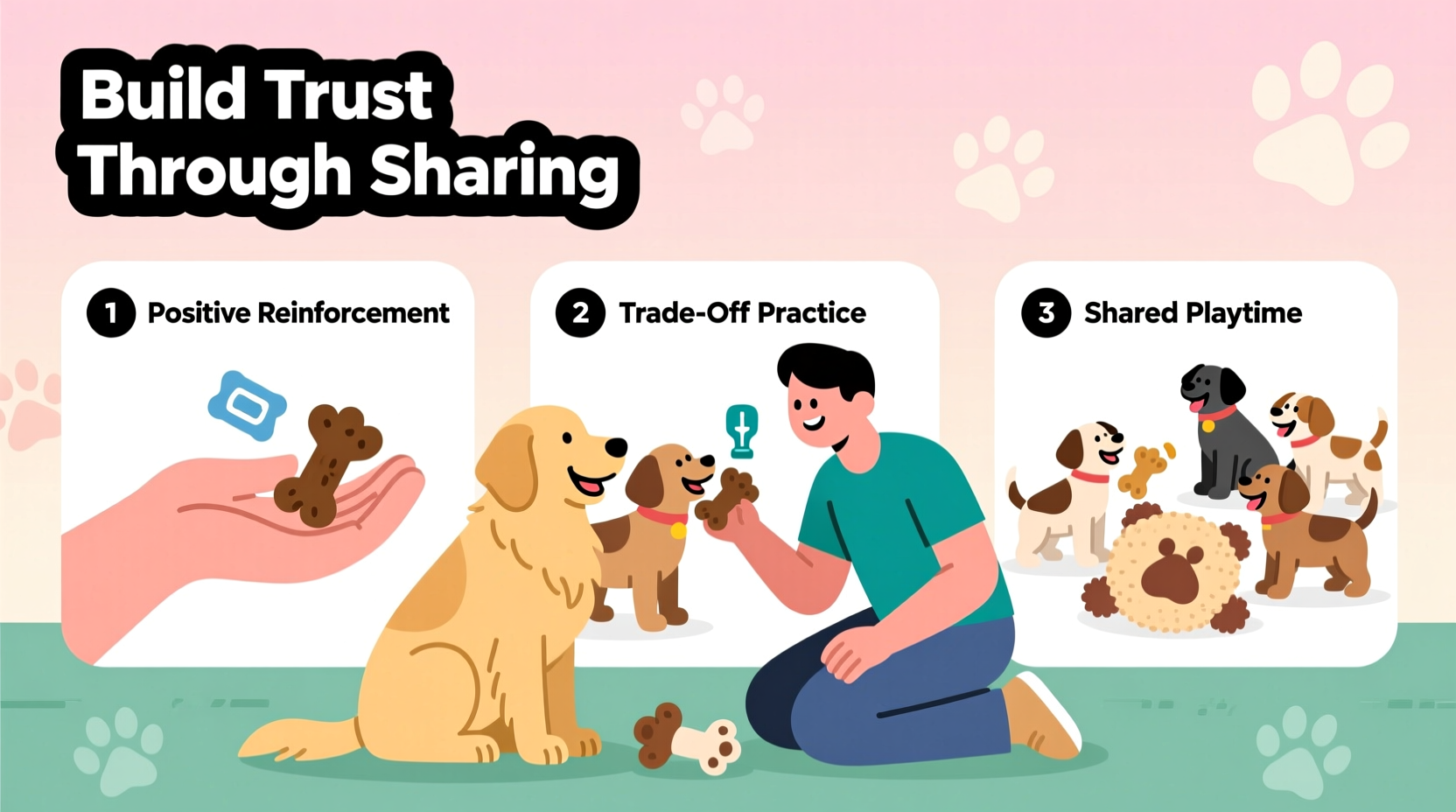Dog toy possessiveness—also known as resource guarding—is a common behavioral issue that can strain relationships between pets, their owners, and other animals in the household. While it stems from natural instincts, unchecked possessiveness can escalate into aggression, stress, and social isolation for your dog. The good news is that with consistent, positive reinforcement-based training, most dogs can learn to share toys calmly and confidently. This guide outlines practical, science-backed methods to transform possessive behavior into cooperative play.
Understanding Toy Possessiveness in Dogs

To effectively address toy guarding, it’s essential to recognize its root causes. Dogs are descendants of wild canines where food, shelter, and tools like bones were scarce. Holding onto valuable resources increased survival odds. In domestic settings, toys often become symbolic of these resources—especially if they’re rare, squeaky, or associated with high excitement.
Possessiveness may manifest through stiff body posture, growling, lip lifting, snapping, or even biting when someone approaches a toy. These behaviors aren’t defiance; they’re communication. Your dog is signaling anxiety about losing something important. Reacting with punishment only deepens fear and worsens the problem.
“Resource guarding isn’t misbehavior—it’s a coping mechanism. Our job is to change the emotional response, not suppress the signal.” — Dr. Sarah Wilson, Certified Applied Animal Behaviorist
Step-by-Step Training Plan to Reduce Possessiveness
Changing how your dog feels about sharing requires gradual exposure and positive associations. Follow this structured timeline over 4–8 weeks, adjusting pace based on your dog’s comfort level.
- Assess Triggers: Identify which toys provoke guarding. Start training with lower-value items (e.g., a worn rope toy) before progressing to favorites.
- Create Distance: Begin sessions when your dog has a toy but you’re several feet away. Observe body language for signs of tension.
- Introduce High-Value Rewards: Approach slowly while calling your dog’s name cheerfully. If they remain relaxed, toss a treat (like chicken or cheese) near them and retreat.
- Practice Trade-Ups: Once your dog accepts treats nearby, approach closer. Offer a treat in exchange for dropping the toy. Use a cue like “Drop it” just as they release it, then immediately reward.
- Increase Duration: Gradually extend how long you hold the toy before returning it with another treat. This teaches that giving up an item leads to better outcomes.
- Add Distractions: Practice in environments with mild distractions (e.g., backyard), then progress to busier areas or multi-dog households.
Building Sharing Habits Through Group Play
Once your dog reliably trades toys with you, expand training to include others. Controlled group interactions reinforce that sharing enhances fun rather than diminishing it.
- Start with one calm, predictable dog in a neutral space.
- Provide multiple identical toys so competition is minimized.
- Use parallel play initially—let both dogs play near each other without direct interaction.
- Intervene early if tension arises by redirecting with treats or recall commands.
- Reinforce calm behavior with praise and treats when dogs ignore each other’s toys.
Over time, introduce games like “pass-the-toy,” where you gently take a toy from one dog and give it to another while rewarding both. This builds tolerance and cooperation.
Do’s and Don’ts of Managing Toy Possessiveness
| Do’s | Don’ts |
|---|---|
| Use high-value treats to create positive associations | Yell at or punish your dog for growling |
| Train in short, frequent sessions (5–10 minutes) | Forcefully remove a toy without offering something better |
| Rotate toys to reduce over-attachment | Allow children to grab toys from possessive dogs |
| Supervise all multi-pet interactions | Ignore early warning signs like stiffening or side-eye |
| End sessions on a positive note | Expect overnight change—progress takes consistency |
Real-Life Example: Transforming Max’s Toy Guarding
Max, a 3-year-old Australian Shepherd, would growl and snap when his owner tried to take his favorite stuffed squirrel. The family avoided touching him during play, and he couldn’t be around guests with dogs. A certified trainer recommended a desensitization plan starting with lower-value toys.
For two weeks, Max’s owner practiced tossing treats whenever she walked near him with a toy. She introduced a “Drop it” cue paired with a piece of hot dog. After three weeks, Max began dropping the squirrel voluntarily when offered a treat. By week six, he’d happily trade toys with his owner and sit calmly when another dog played nearby.
The key was patience and avoiding confrontation. Today, Max participates in group agility classes and shares toys during playdates—proof that with the right approach, lasting change is possible.
Essential Tips for Long-Term Success
FAQ: Common Questions About Toy Sharing
Is toy possessiveness a sign of dominance?
No. Modern canine behavior science rejects the outdated “dominance theory.” Possessiveness reflects insecurity, not a desire to control. Labeling it as dominance leads to punitive methods that harm trust and worsen aggression.
Can older dogs learn to share?
Yes. While puppies are more adaptable, adult dogs can unlearn guarding behaviors with consistent training. Progress may be slower, but neurological plasticity allows lifelong learning. Focus on building confidence, not correcting “bad” behavior.
What if my dog bites over a toy?
If biting occurs, consult a certified dog behavior consultant immediately. Do not attempt correction through physical force. A professional can assess risk level and design a safety-focused modification plan, possibly including management strategies like separating dogs during playtime until training progresses.
Conclusion: Fostering Trust and Cooperation
Helping your dog overcome toy possessiveness isn’t about winning a power struggle—it’s about building trust. When your dog learns that letting go leads to better rewards and reduced stress, guarding loses its purpose. The result is a more confident, socially fluent companion who enjoys play without fear.
Success doesn’t require perfection. It comes from daily consistency, empathy, and celebrating small wins. Whether you're dealing with a puppy testing boundaries or an adult dog with deep-seated habits, every step forward strengthens your bond.









 浙公网安备
33010002000092号
浙公网安备
33010002000092号 浙B2-20120091-4
浙B2-20120091-4
Comments
No comments yet. Why don't you start the discussion?